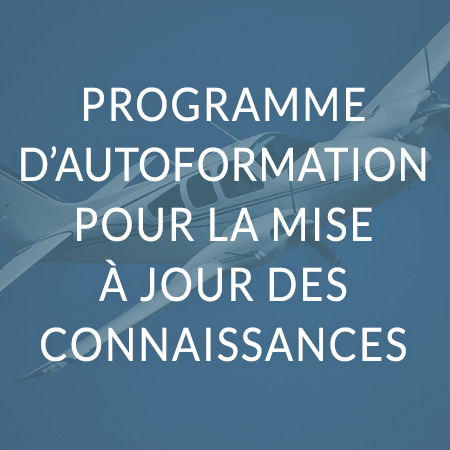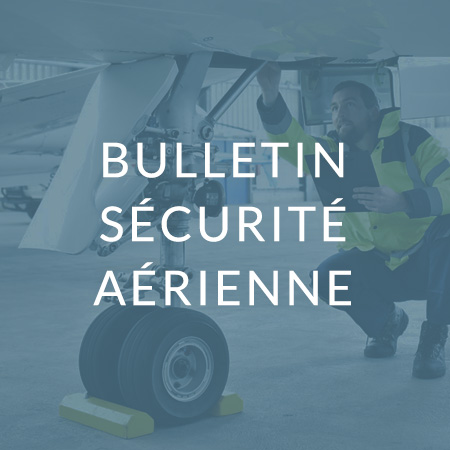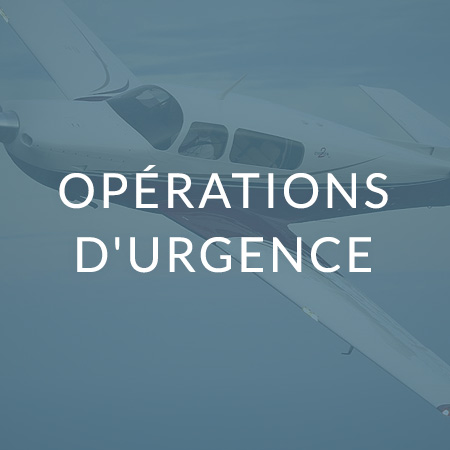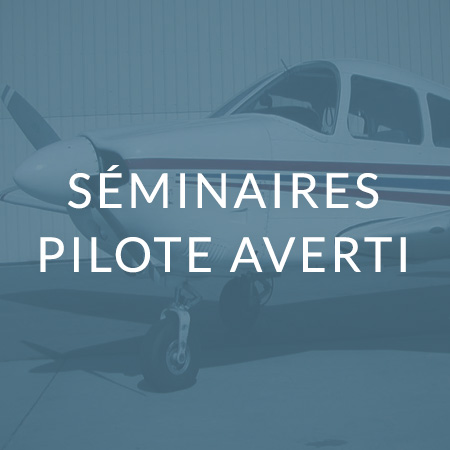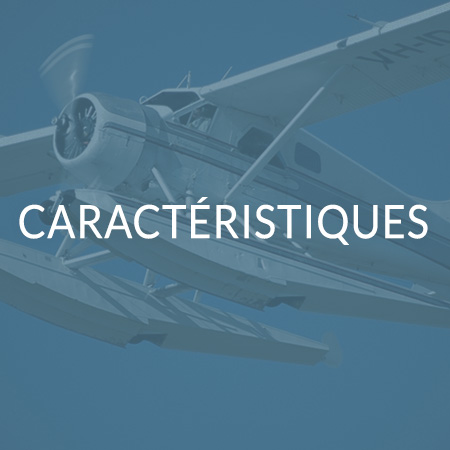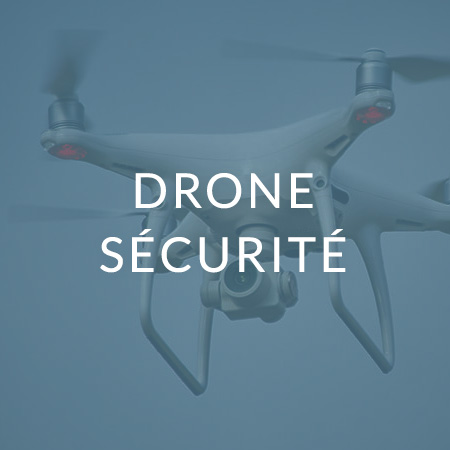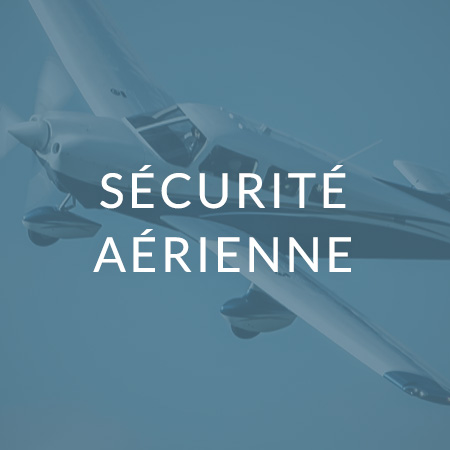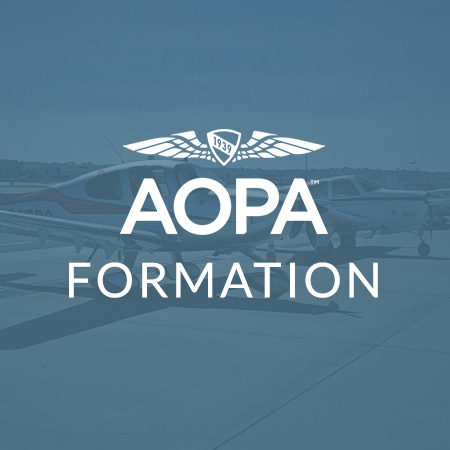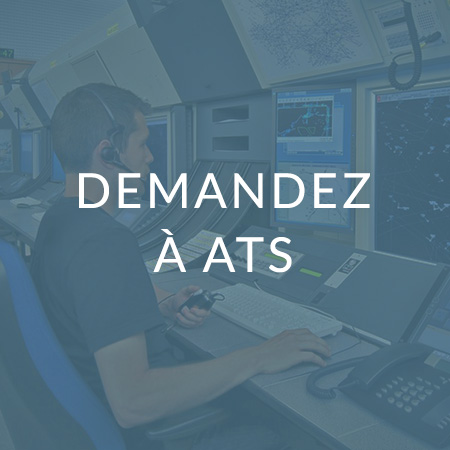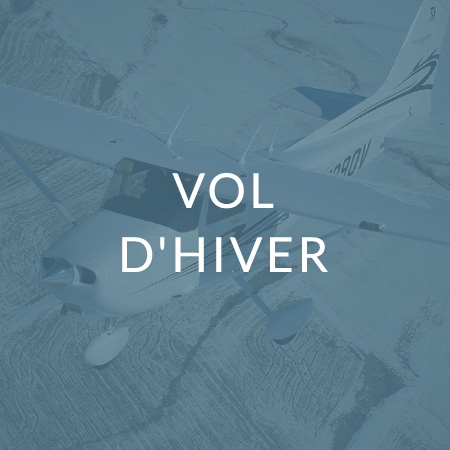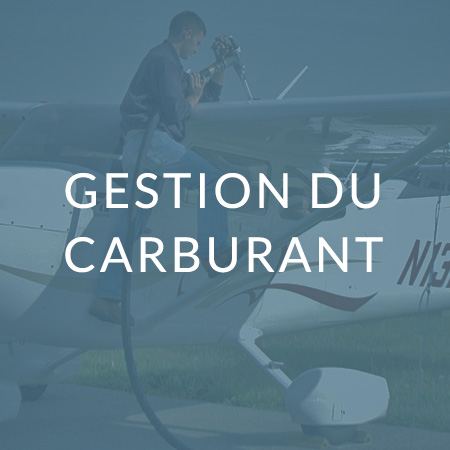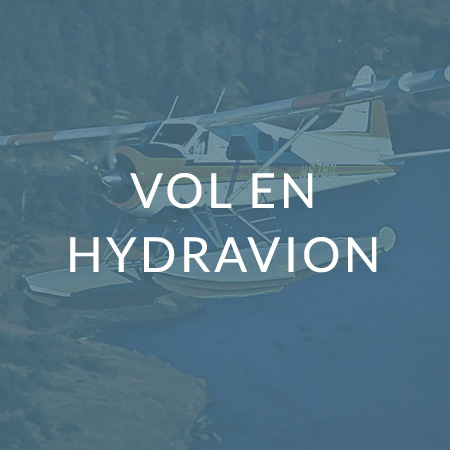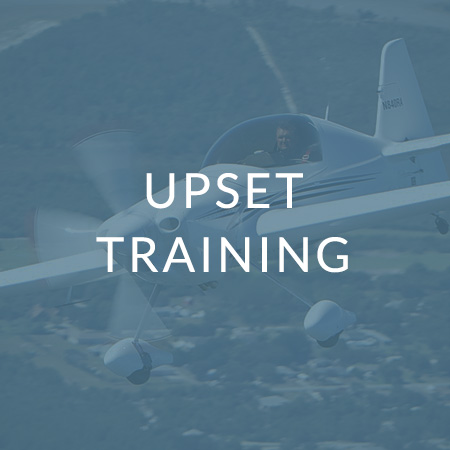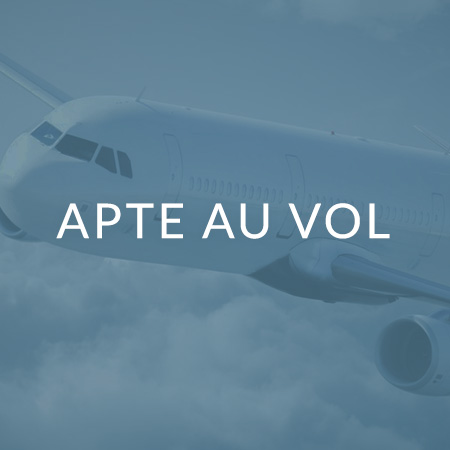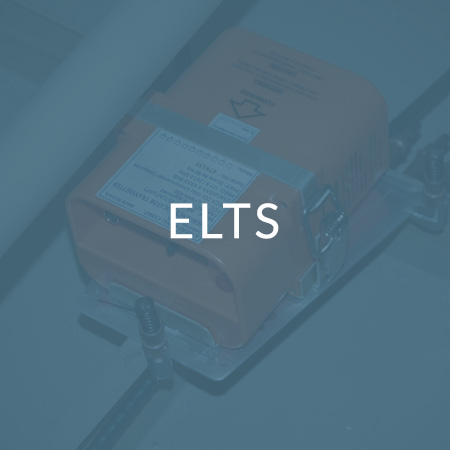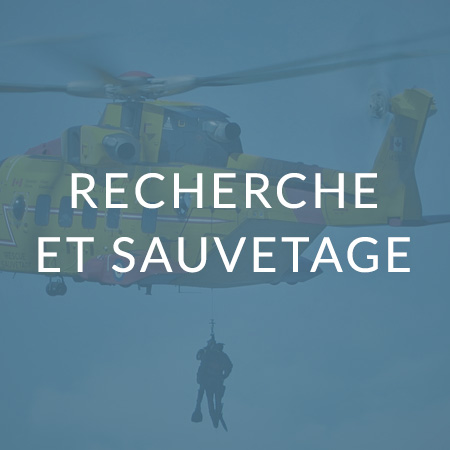Dangerous Practices Becoming Common at Uncontrolled Aerodromes
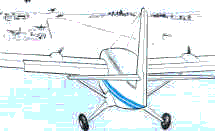
Few small aerodromes benefit from the luxury of parallel taxiways or holding bays near the runway threshold. They are one runway operations. Arriving and departing aircraft have to sequence themselves properly to avoid conflict. It can be particularly annoying when the parking area is at the far end, and a long taxi is involved before a pilot can get into position to safely do a run up and depart. Some pilots have to wait to taxi, or others have to wait to land.
As a result, in the interest of expediting traffic, pilots are developing dangerous habits. Habits that are not only being accepted but also, on occasion, being taught by instructors.
Pilots create their own parallel taxiways, in the grass, just off the runway. These are being used while other aircraft are arriving and departing. Aerodrome standards require that parallel taxiways be far enough from the runway to guarantee wingtip clearance plus a big safety margin. This means several hundred feet away, not just off the runway surface on the nicely graded and prepared area.
Many small strips have incorporated a turn around bay at the runway threshold. It's there so that pilots don't have to stand on the brake and power their way around the 180° turn to line up for takeoff. It is not a run up or holding bay. Holding/run up bays have similar requirements to parallel taxiways when it comes to distance back from the centreline, and the bays must be clearly marked.
By mutual arrangement, some pilots are landing over top of other aircraft occupying the runway, some are backtracking, and others are waiting for takeoff on the threshold.
Last, but not least, parallel takeoff/landing operations occur, with some pilots using the runway while others use the adjacent grass. The runway users conform to the recommended left hand circuit pattern; the grass users do both left and right hand circuits.
These are very dangerous practices. Picture a sunny weekend when everybody wants to fly. Picture a couple of arriving and departing transient pilots who don't know the local habits. Picture a collision.
Sometimes you just have to wait your turn.
Originally Published: ASL 2/1997
Original Article: Dangerous Practices Becoming Common at Uncontrolled Aerodromes





